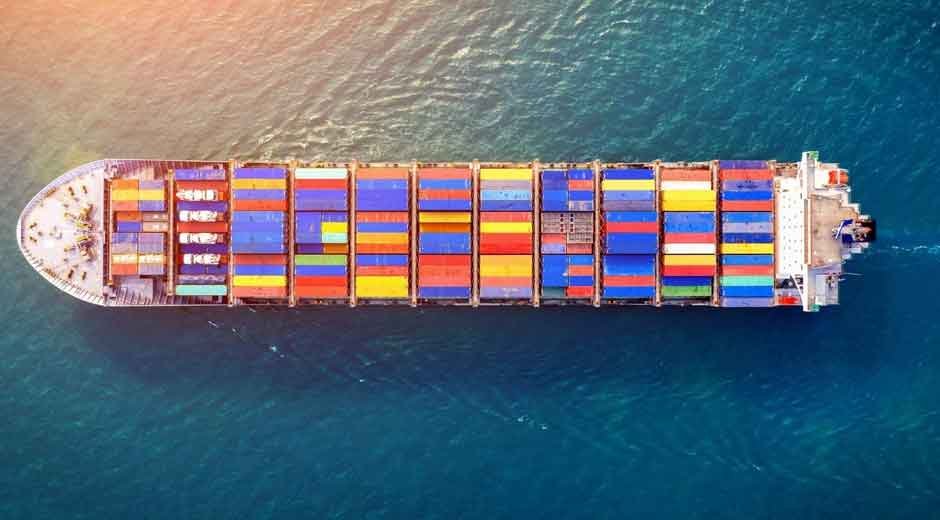Skip to the good bit
ToggleTiming is crucial when transporting goods over long distances, especially across oceans. Whether you’re shipping personal items, commercial products, or specialty goods, delays can lead to unnecessary stress and additional expenses. For those shipping to Hawaii, understanding potential obstacles and proactively addressing them is key to ensuring a seamless delivery process. This guide provides essential tips to keep your overseas shipments on schedule and avoid avoidable setbacks.
1. Plan Shipments Early
To minimize delays, early planning is key. International shipments often rely on fixed vessel schedules, multiple handling stages, and time-intensive customs clearance. Shipping to Hawaii, in particular, can take longer than anticipated due to the distance and limited scheduling options. By booking in advance, you secure your preferred departure dates and build in extra time to address any unexpected challenges.
2. Prepare Accurate and Complete Documentation
Incomplete or incorrect paperwork is a major cause of shipping delays. While Hawaii is part of the U.S., certain shipments—particularly those involving agricultural products—must meet specific entry requirements. To avoid delays, ensure all documentation, including invoices, packing lists, and required permits, is accurate and complete. Carefully verify details such as addresses, product descriptions, and quantities to prevent processing errors that could disrupt your shipment.
3. Use Proper Packaging for Long-Distance Transit
Overseas shipments are exposed to challenging conditions, including humidity, salt air, and prolonged handling. Without proper packaging, goods are at risk of damage during transit, which can lead to delays if inspections or repacking are required. To ensure safe delivery, use durable, moisture-resistant materials and secure all items to prevent shifting within the container. Fragile items should be individually wrapped and cushioned with protective materials, safeguarding them for a flawless arrival.
4. Account for Weather-Related Disruptions
Weather significantly impacts shipping schedules, particularly for ocean freight. Storms, rough seas, and seasonal conditions can delay departures or extend transit times. When shipping to Hawaii, it’s essential to monitor weather forecasts for both the departure and arrival ports. Incorporating flexibility into your delivery timeline ensures you can navigate weather-related delays without derailing your plans.
5. Coordinate with Reliable Carriers
Selecting a reliable carrier with expertise in international shipping can significantly minimize the risk of delays. Experienced carriers understand the unique challenges of specific routes and can proactively address potential issues before they arise. Be sure to inquire about their communication protocols, shipment tracking systems, and contingency plans for unexpected delays. Maintaining regular communication with your carrier ensures you stay informed throughout the entire shipping process.
6. Avoid Peak Shipping Seasons When Possible
Peak seasons, such as the weeks before major holidays, often lead to port congestion and limited container availability, resulting in delays and increased costs. To avoid these challenges, consider scheduling shipments during off-peak months if your timeline allows. This approach is particularly advantageous when shipping to Hawaii, where demand often exceeds capacity during busy periods.
7. Track Your Shipment Regularly
Monitoring your shipment’s progress is key to identifying potential issues early. Most carriers now offer online tracking tools that provide real-time updates on your cargo’s location and estimated delivery time. If you spot unexpected delays or status changes, reaching out to your carrier promptly can help address problems before they grow more serious.
8. Prepare for Port Processing Times
Even with flawless planning, delays at ports for unloading, inspections, or distribution can still occur. Familiarizing yourself with standard processing times for your destination can help set realistic expectations. For shipments heading to Hawaii, keep in mind that certain items, especially those involving agriculture or wildlife, may require additional inspections by local authorities.
Conclusion
Preventing delays in overseas shipments requires thorough preparation, clear communication, and adaptability. Ensuring accurate documentation, selecting a reliable carrier, and accounting for potential weather disruptions are all critical steps in keeping your shipments on track. When shipping to Hawaii, following these key practices can help you avoid costly disruptions and ensure your goods arrive safely and on time.







